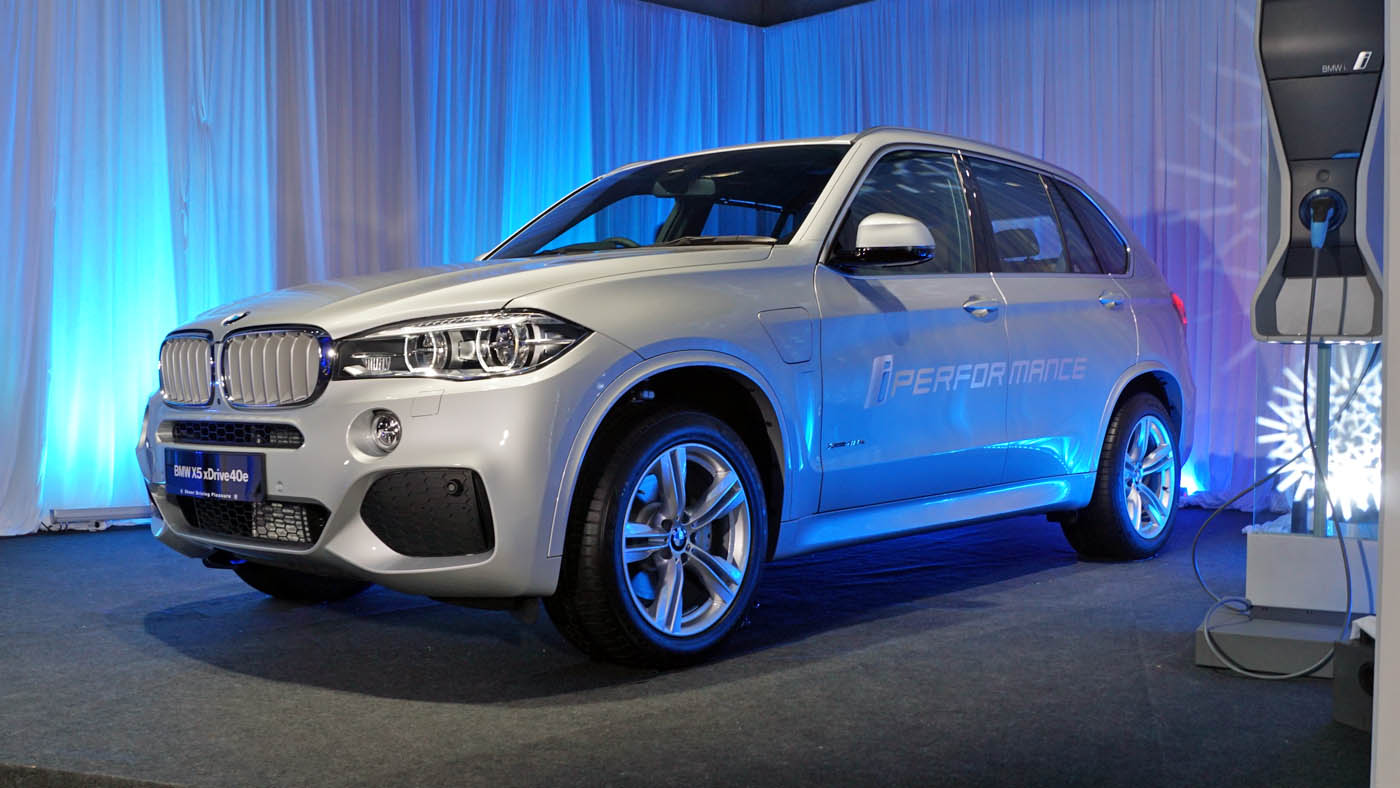To use electricity for vehicular propulsion is nothing new. In fact, it is almost as old as the internal combustion engine (ICE). Fundamentally, an electric motor is more efficient and refined in operation. With the rapid development in battery technology, full electric and hybrid cars are becoming more common these days.
Via regenerative braking, hybrids are able to harvest kinetic energy that would normally be “expended” in a regular ICE vehicle. The energy harvested will help recharge the battery pack and would subsequently power the electric motor, effectively reducing fuel consumption.
With the recent round of fuel price hike, the proposition of getting a hybrid/electric car is even more enticing than before. On top of electric vehicles, there are three types of hybrid cars currently on sale in Malaysia. How are they different from each other? Let’s have a look.
Hybrids with the most basic form of electrical assistance are called mild hybrids. Their electric motor plays a supporting role in most cases. It is strong enough to fire up or shut the engine when needed, and the process saves a tiny bit of fuel. Not significant, but noticeable. Also, when required, the electric motor will provide additional extra grunt, but it is not strong enough to propel the car on its own (no full EV mode).

Honda is the most notable brand in Malaysia for offering mild hybrids with its Integrated Motor Assist (IMA) technology. The IMA equipped Honda Insight and Honda CR-Z have made significant waves when they were launched in Malaysia for their hybrid credentials.
Full hybrids, on the other hand, can be driven solely on electric power. And when it does, the absence of engine noise makes for a near silent cabin, greatly improving NVH levels. A full hybrid vehicle starts without cranking, and it is as simple as flicking a switch and go. However, all these refinements come at the expense of complexity, practicality and cost.
Toyota’s excellent Hybrid Synergy Drive is arguably the industry benchmark for full hybrids. In Malaysia, the Toyota Prius and Prius-C were once the hybrids to buy before their tax incentives were regrettably rescinded. UMW’s perennial hot seller, the Toyota Camry Hybrid remains an excellent choice. Of course, the attractively equipped and priced Hyundai IONIQ is a full hybrid worth considering too.
But the pure electric range of a full hybrid is rather limited. Want more of that silent, refined experience in your daily drive? Get a plug-in hybrid (PHEV). Its battery pack is not only juiced up via regenerative braking, it can also be charged via household power sockets. Most PHEVs have a real world range of at least 20km to 30km. The bigger battery pack translates directly to higher electric range, so if you live near where you work, you won’t even need to use a single drop of fuel. Also, the charging infrastructure is growing steadily in the country.
PHEVs currently on sale in Malaysia include the BMW 330e, BMW X5 xDrive40e, Mercedes-Benz C350e and Volvo XC90 T8 Twin Engine. The Hyundai IONIQ can also be had in PHEV form, but as of now, there are no plans of it being introduced in CKD form yet.
Because of their EEV (Energy Efficient Vehicle) tax incentives (limited to CKD hybrid cars), PHEVs have been gaining traction in the market for their relatively attractive pricing – the keyword being relative. The examples mentioned above are priced well beyond the RM200,000 mark.
Call it an interim solution, if you will, before we fully embrace all-electric cars. Hybrid cars are here to stay, at least for now. So there you have it, the three different types of hybrid systems that are currently on the market today. Which one tickles your fancy? Share with us your thoughts!








